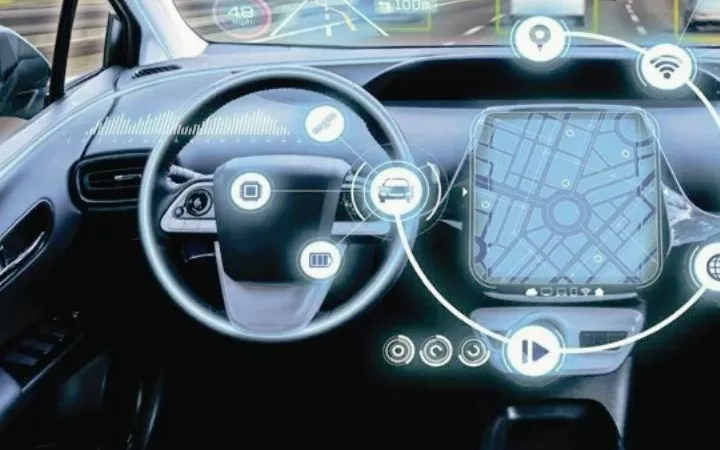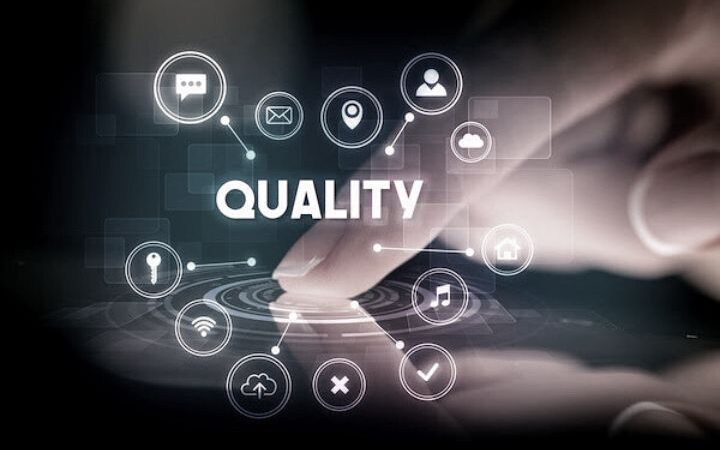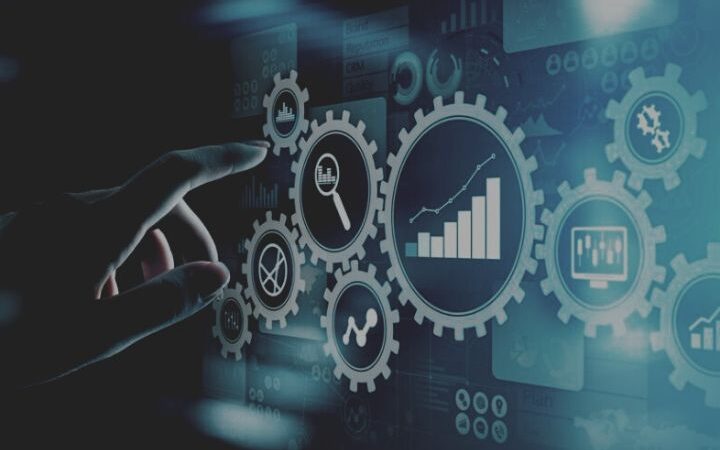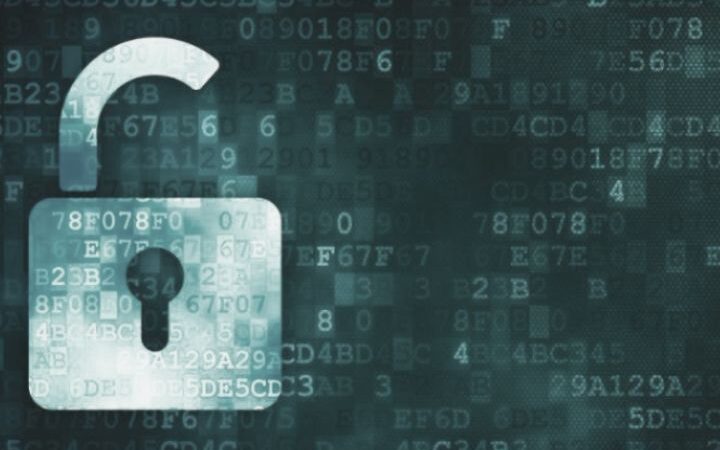The Impact Of 5G Technology On Cybersecurity
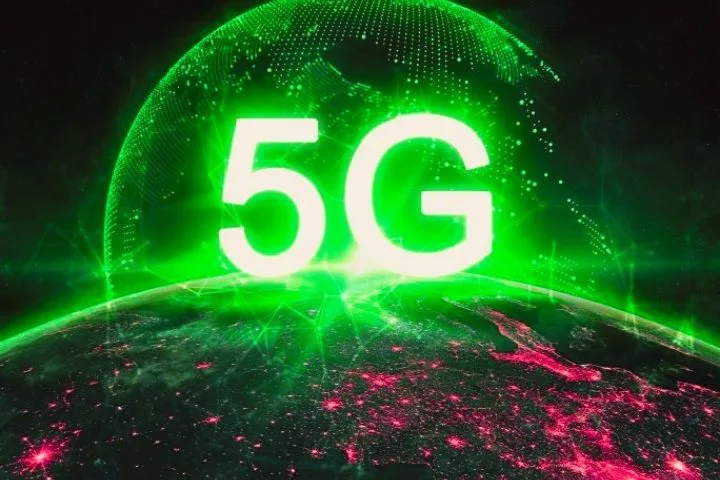
5G technology is a crucial criterion on which numerous other future technologies are based, it is also easy to get lost in the messages and possibilities relating to this mobile communications standard.
The 5Gage has dawned. This is accompanied by a new network technology that combines previously unknown speeds in the economic sector with massive amounts of data processing and practically nonexistent latency.
The alarm bells are also ringing for many practical thinkers and management bodies—security concerns.
5G is already being introduced, but in many ways, it is still in its infancy.
As a result, many essential security decisions regarding technology have yet to be made, and many risks have yet to be assessed. This is particularly critical because, on the one hand, the world is facing an increasing threat from cyber-attacks; there are also new concerns about data protection.
On the other hand, 5G will become very important for some particularly security-critical applications. Because of this, cybersecurity >> must << be at its peak if 5G becomes the all-encompassing standard.
But before we consider the risks that threaten the 5G network and the architecture around it, we need to ask ourselves: Why is security so important to 5G?
Bigger scale – more significant risks
5G will have an incredible influence on how the world works and is rightly seen as an essential part of the fourth industrial revolution – a boost for the digitization that was not possible with previous network speeds and data volumes.
Many may believe that their surroundings are already connected, but with 5G, they will be even more connected. As one example of many: The number of IoT devices alone is expected to increase from 8.3 billion in 2019 to 21.5 billion in 2025.
With an entirely new Internet of Things seamlessly connecting everything from flower pots to heart rate monitors to predictive maintenance systems, our reliance on intelligent, connected devices that use 5G for applications in all areas of our lives, along with the amount of data generated by them Devices can be processed, increase enormously. However, this dependency carries risks.
Because of the massive amount of data that can be transferred over the 5G network every second, failure, for whatever reason, could be devastating. Likewise, the large amounts of data with 5G offer a much larger attack surface than the (in comparison) relatively small amounts of data that are transmitted with 4G.
Due to the imminent integration of the infrastructure and occasional shutdowns, it may not even be possible to use 4G again after switching to 5G.
5G offers a wide range of advantages. However, the sooner everyone accepts that it entails many security risks, the faster the necessary solutions can be developed and established.
Since the 5G network is still being introduced, it represents an easy attack target as the basis of an even more networked world, both in the network itself and in the devices connected to it – unless serious investments are made in security. And this means that everyone must be aware of the risks.
Risk 1: Hackers, botnets, and other threats
When it comes to online security risks, the IoT botnet is already an old hat. Since the beginning of the IoT, the devastating computing power of these networks has been used by hackers from remote-controlled devices infected with malware.
In 2018, botnet activity represented 78% of malware detected on communication service provider networks, and this number is expected to increase on the 5G network.
With the proliferation of IoT devices and the growing but new architecture that supports them, hackers are opening up new ways to access millions of devices at the access points to the existing network.
Of course, the security of the IoT is a well-known challenge, and solutions are already being implemented. The introduction of 5G will bring all security gaps in processes, procedures, and policies to the fore, and DDoS attacks (Distributed Denial of Service), cryptojacking, and other risks pose a far greater threat given the larger attack surface of the 5G network.
Therefore, the protective measures must be strengthened accordingly. This is particularly true where there is already extensive networking, namely in trade and industry.
The known and proven standards must be used here must be applied before 5G is introduced – otherwise, companies will lack the security basis, which can increase the risks of 5G even more.
Current investigations have also discovered a weak point in the AKA (Authentication and Key Agreement) procedure for 5G. This is a protocol used for authentication between a user’s phone and the cellular network.
This weak point allows IMSI catchers (International Mobile Subscriber Identity Catcher) to decrypt the AKA procedure and thus gain access to the cellular traffic metadata, which enables cell phone position to be monitored.
This risk has already been reported to all relevant stakeholders working hard to improve the next generation of 5G AKA protocol.
Risk 2: Staying ahead means losing.
It’s full speed ahead with the development and adoption of 5G – customer demand is higher than ever, and companies are understandably keen to seize this tremendous opportunity for progress and profit.
That said, the race begins, and the first in any industry to fully offer 5G (whether it’s providing the network or offer applications that use it) gets the most significant slice of the pie. However, this mentality can lead to wrong priorities.
With limited budgets for IT teams, it is up to business leaders to decide which areas to focus on. The incentive to prefer the introduction of 5G to solve the security problems is high.
In Germany in particular, there are also the enormous costs of auctioning the 5G frequencies: The almost 6.6 billion euros that companies had to pay the federal government for the auctions up to 2019 are, of course missing for other tasks.
Even in governments, the guidelines are not yet up to date with the rapidly developing technology. Glenn Gerstell, Head of Legal for the US National Security Agency (NSA), highlighted the challenges this rapid implementation brings.
This almost creates the impression that at 5G, we are so focused on using it without equally thinking about whether we should do it.
Because of the risks that have not yet been adequately investigated (e.g., the potential health risks of 5G are still being discussed scientifically), the technology could ultimately have more disadvantages than advantages and enable functions that cause more damage than helpful.
Risk 3: Big Brother is watching you
In a connected society, we benefit from the fact that our IoT devices communicate with each other to make our lives easier: self-driving cars, a refrigerator that orders milk when needed, or a smoke alarm that sends a push notification to the phone.
But we’re not the only ones using this data. Telecommunications companies have never shied away from selling location data to advertising companies, and 5G will significantly increase the amount of data available and make it easier to access. This may not always be in the best interests of consumers.
Since unprecedented amounts of data will soon be recorded about where someone comes from, where they are going, and what they are doing, we should be concerned that this data could fall into the wrong hands.
Depending on a country’s laws, governments can use them to track protesters, give them to insurance companies, or abuse them to track down people.
An entire surveillance state is probably out of the question within the EU at the moment. Still, recent events from China show how much more worrying surveillance can be with 5G: Together with cameras and AI, the Chinese government is using 5G to monitor a minority. Increased surveillance is a risk.
But how significant is the risk, and who else is watching?
Risk 4: National Security – The Huawei Case
Chinese company Huawei, a telecommunications and consumer electronics maker and a pioneer in adopting 5G, was recently attacked for alleged cyber-espionage risk.
Many governments have raised concerns that China’s Intelligence Law, which instructs the company to “Assist and Cooperate with the Intelligence Service,” will allow the Chinese government to access sensitive 5G-transmitted data if Huawei acts heavily in other countries involved in the provision of 5G technology.
Worse still, Huawei could potentially enable cyberattacks. Because of these concerns, the US and Australia have banned Huawei from providing equipment for their 5G networks, and other countries are still questioning their relationship with the company.
However, there is currently no evidence that Huawei is responding on behalf of its government, and the company vehemently denies any involvement in cyber espionage.
Countries like the UK continue to rely on equipment from Huawei to build their 5G networks as this company is the cheapest option and can implement 5G technology faster than the competition.
The UK has banned Huawei from providing critical parts of the new network, but the espionage allegations are insufficiently substantiated to warrant an outright ban.
As with the 5G rollout risks discussed earlier, the best way to address the doubts about Huawei is to ensure that the primary network architecture remains secure.
The big picture
We are on the verge of the most significant technological innovation since the beginning of the IoT. The 5G network will advance critical technologies and enable new applications in autonomous driving, medical technology, and many more.
Its importance and its significant influence on all areas of our life cannot be overstated. Hence, network security is a significant concern that better needs to be addressed soon.
With problems in many different areas, this development phase is critical to identifying threats and finding security solutions.
It may look grim right now, but the connected world we live in is also the best way to resolve these security concerns.
The excitement surrounding the 5G technology is the best drive to ensure that various governments, telecommunications providers, and network architects work together to future-proof the new network. Everyone is involved – and soon, we will all be able to enjoy the benefits of a secure 5G technology.

